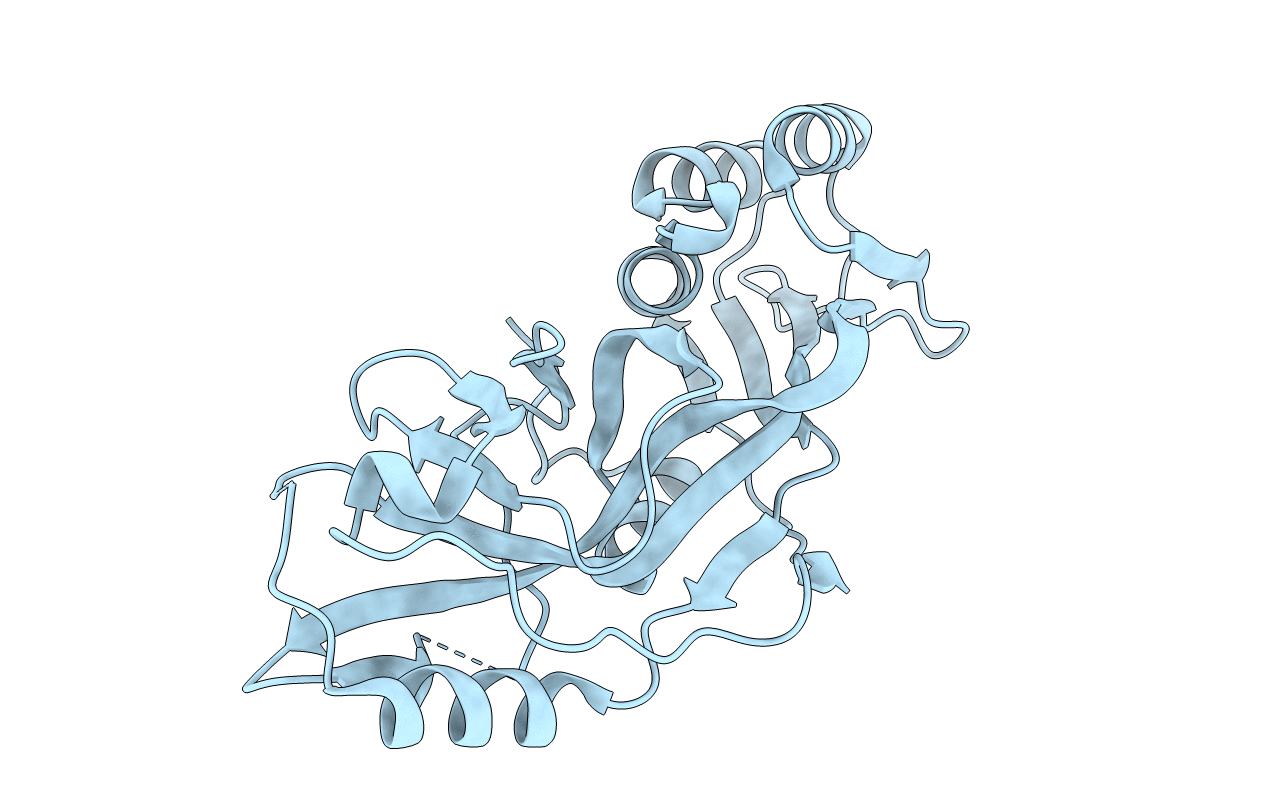
Deposition Date
2021-06-04
Release Date
2021-06-23
Last Version Date
2022-01-26
Entry Detail
PDB ID:
7N50
Keywords:
Title:
Structure of a bacterial gasdermin from Bradyrhizobium tropiciagri
Biological Source:
Source Organism:
Bradyrhizobium tropiciagri (Taxon ID: 312253)
Host Organism:
Method Details:
Experimental Method:
Resolution:
1.50 Å
R-Value Free:
0.22
R-Value Work:
0.18
R-Value Observed:
0.19
Space Group:
P 21 21 2


